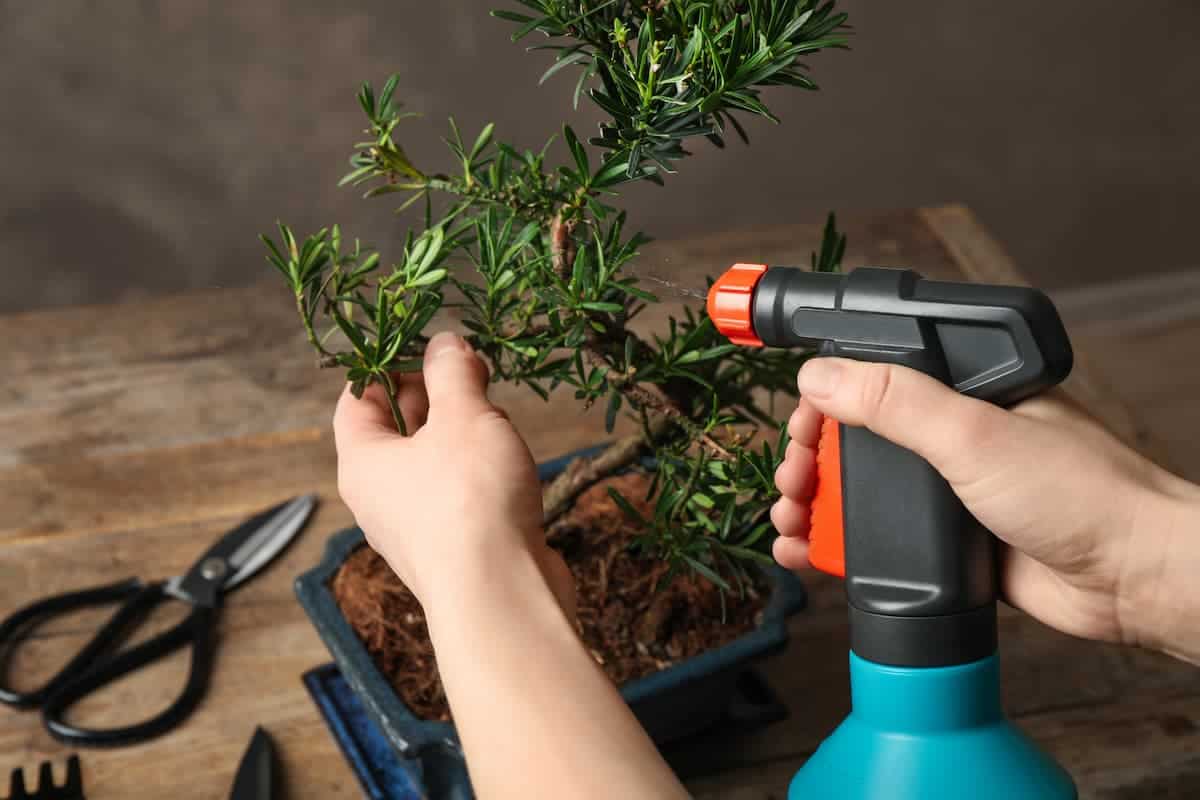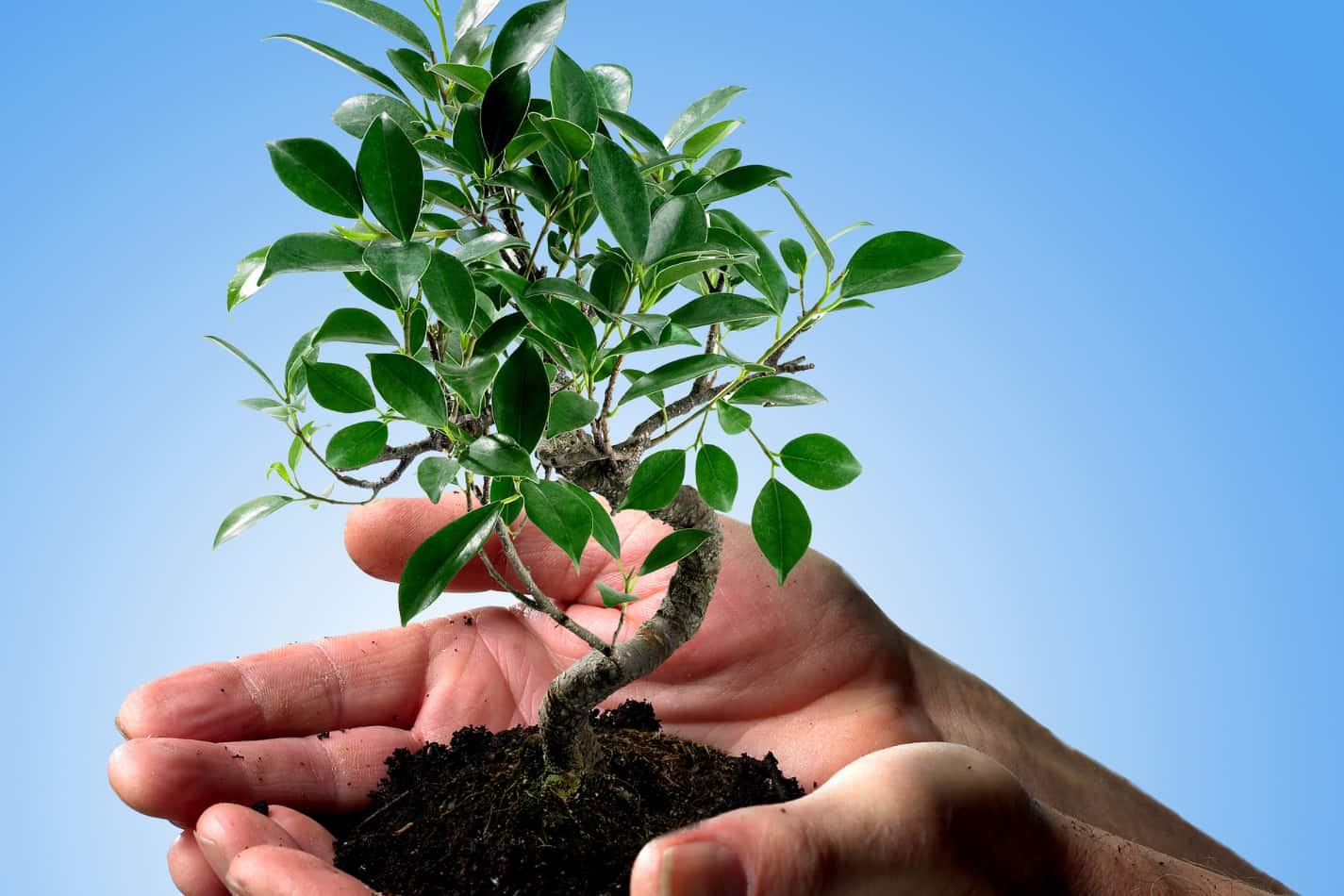Growing bonsai is a hobby that anyone can enjoy. It can be a soothing and almost therapeutic experience. And it is a great way to get in touch with nature. But considering that bonsai plants do not grow in potting soil, many newbies get stuck on where to start. And that is why I am here to tell you how to make cheap bonsai soil.
You can make cheap and easy bonsai soil with perlite, pine bark, floor dry absorbent and sifter. Following the right procedure, making bonsai soil would take no more than a few minutes.
In this article, I will guide you through the process of making your very own affordable bonsai soil, as well as talk about the factors that you need to consider for bonsai soil. I will also talk about whether more organic or inorganic soil is better for you. So, please read the article till the end.
How To Make Inexpensive Bonsai Soil?
The idea of making bonsai soil at home may seem difficult. Making one at a much lower cost than those currently available on the market may appear to be impossible. But after reading this article, you will be able to make your very own inexpensive bonsai soil. First, let us look at the materials you will need.
- Perlite
- Pine Bark
- Floor dry absorbent
- Sifter
Making bonsai soil is very simple in reality. Once you have all the materials you need, for our inexpensive version of bonsai soil, you first need perlite. You can find it in any garden store for a low price of $5–10. At the garden store, you can also grab some pine bark for around $5. But after that, you should head to an auto parts store to pick up our last ingredient, floor dry absorbent, for $10.
So, at around $20, you should have around a small storage tub worth of bonsai soil. Now let us get into making it.
Step 1: Grab your sifter and start sifting each of the materials one by one. The materials need to be thoroughly sifted to get rid of all the small particles. These particles can cause you issues later down the road, so sift them out while you can.
Step 2:After sifting through everything you can begin mixing them in. Mix in all three materials in about equal quantities to prepare your soil.
Step 3: Lastly, add your bonsai tree in, and do not forget to water your tree.
Criteria For Good Bonsai Soil
Unlike most typical plant soils, bonsai soil is quite different. Bonsai soil is a mixture of a few organic and inorganic materials. This is because bonsai soil needs to work differently than normal soil. Due to it being more granular and less organic, as a result, more air pockets are seen in it compared to regular soil.
There are a few criteria that anyone making bonsai soil should be aware of and take into consideration beforehand.
Water Retention
One of the biggest reasons why bonsai soil is so different from regular garden soil is its water retention capability. A bonsai requires consistent watering. As a result, the soil should be able to hold enough water between watering sessions.
However, it should not hold any more than is required for it to stay hydrated. Otherwise, the excess water stored in the soil will damage the tree.
This is exactly why regular soil, with its higher water retention, is a bad choice. But if the water drains too quickly, the bonsai will not get sufficient water between waterings, so it is a difficult balancing act. For this specific mixture, I used pine bark to provide proper retention.
Aeration
Bonsai trees, like most other living organisms, require oxygen to survive. The roots of these trees especially need oxygen for proper growth. Most bonsai are usually kept inside the house. As a result, they do not receive significant natural oxygen.
Natural plant soil is very tightly packed. Thus, air cannot travel through it and provide the necessary oxygen to the roots. That is why bonsai soil has a more gravel-like consistency, allowing oxygen to reach the roots more easily and ensuring optimal growth. For aeration, I use a floor dry absorbent. It is similar to a turface and provides both aeration and drainage.
Water Drainage
Your bonsai soil retaining too much water can pose a great problem. Not only will it hold excess water and damage your tree, but the water can also be retained in the air pockets. As a result, less oxygen can end up reaching the roots. This causes the root to rot and your bonsai tree to die.
As such, you should look for materials that provide your soil with enough drainage to ensure it stays dry. Earlier, I mentioned that floor dry absorbents can provide drainage, but for proper drainage in this mixture, perlite is a go-to choice for an inexpensive mix.
Organic Soil Vs. Inorganic Soil
Organic soil usually contains more living components, coming from different types of dead plants, animals, and fossils. This makes them perfect for growing any plant, except bonsai. As a result, inorganic soil is thought to be the best for bonsai plants.
Organic soil is rich in nutrients that help plants grow quickly and healthily. However, that is the opposite of what you want in your bonsai soil. In bonsai, you want to slow down the growth of plants to a degree. As a result, organic soil can prove to be a hurdle for you due to it being so rich in nutrients.
Another major issue when using organic soils for bonsai is drainage. Organic soil breaks down very easily over time into thinly packed smaller particles. And these small particles can end up blocking the path to proper drainage. As a result, the excess gets stored in the soil and damages the tree.
Lastly, the biggest reason why organic soil is bad for bonsai is that if you do manage to drain the excess water, the now dry soil becomes hard to wet again.
So, I highly recommend using inorganic soil for your bonsai as it meets all the prerequisites for bonsai, which are providing both drainage and sufficient water retention and aeration.
Common Mistakes While Making Bonsai Soil
So far, I have told you how to make bonsai soil, what criteria you should meet, and whether organic or inorganic soil is better. But now let us tackle some of the common mistakes that you can make.
Not Enough Aeration
Earlier in the article, I talked about the different criteria that you need to meet for the perfect bonsai soil. A common mistake is not using enough materials in your soil for aeration. If the roots do not get enough oxygen, they cannot grow properly, so keep aeration in mind when mixing your soil.
Too Much Water Retentive Material
Like aeration, there needs to be balanced water retention. If you end up absorbing too much water-retentive material, your soil will hold more water than it should. This is bad for the bonsai tree as it can damage it.
Not only that, if it retains too much water, it can even block up the air pockets, limiting the aeration of the soil. So, be sure not to add too much of it to your soil.
Too Much Draining Material
On the other hand, if you use too much drainage material, the water will fall right out the bottom and not give the bonsai tree enough to produce food. And before you know it, your bonsai can end up dying due to a lack of water.
Conclusion
In this article, I tackled the question of how you can make cheap bonsai soil for yourself. I hope you found this article helpful and informative. Thank you for sticking with me all the way to the end. Goodbye and best wishes.




